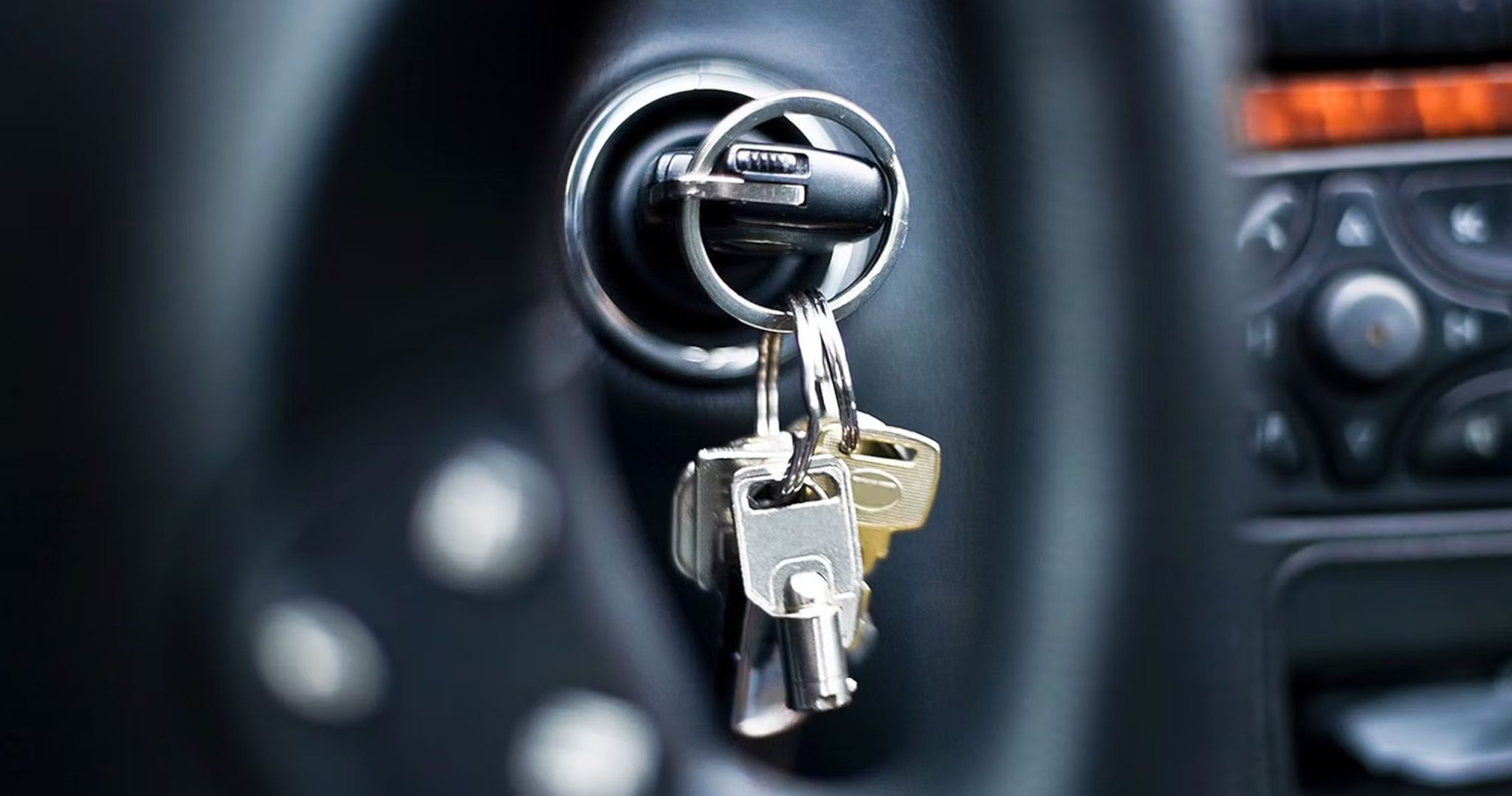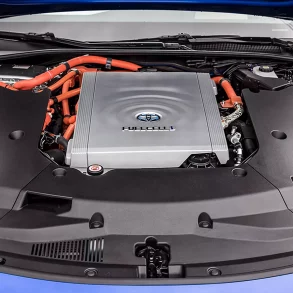Summary
- Many features that have been familiar for years or decades are disappearing quickly but quietly
- Chief among these features are manual transmissions, CD players, spare tires, physical buttons and knobs, manual handbrakes, even metal key ignition systems
- Most of this is thanks to the rapid development of digital technology and connectivity features over the past two decades
- Some manufacturers are walking back their development of touchscreens in cars, to enhance safety and reduce distractions
- We think that the disappearance of these features is a perfect demonstration of the volatile and dynamic nature of the automotive market, and innovations to meet consumer demands in a highly digital world
In the world of modern cars and trucks, some long-standing features features are silently but surely disappearing. Once standard equipment or desired options, these items are now relegated to the history books as technology and innovation steadily push us to the future.
Many of these features have seen drastic and rapid declines over the past 5 to 10 years, while some have gone by the wayside over decades. By analyzing the data available, we can show just how much each feature used to be popular, but is no longer even thought about in 2024.
Manual Transmissions
Back in the 1980s, every car on sale came standard with a manual transmission. In those days, an automatic transmission was a luxury one had to pay to acquire, and was seen as a small sign of opulence and prestige. According to data from CarMax, the percentage of new cars sold with manual transmissions in North America saw a steep dive in sales starting in the mid-1990s.
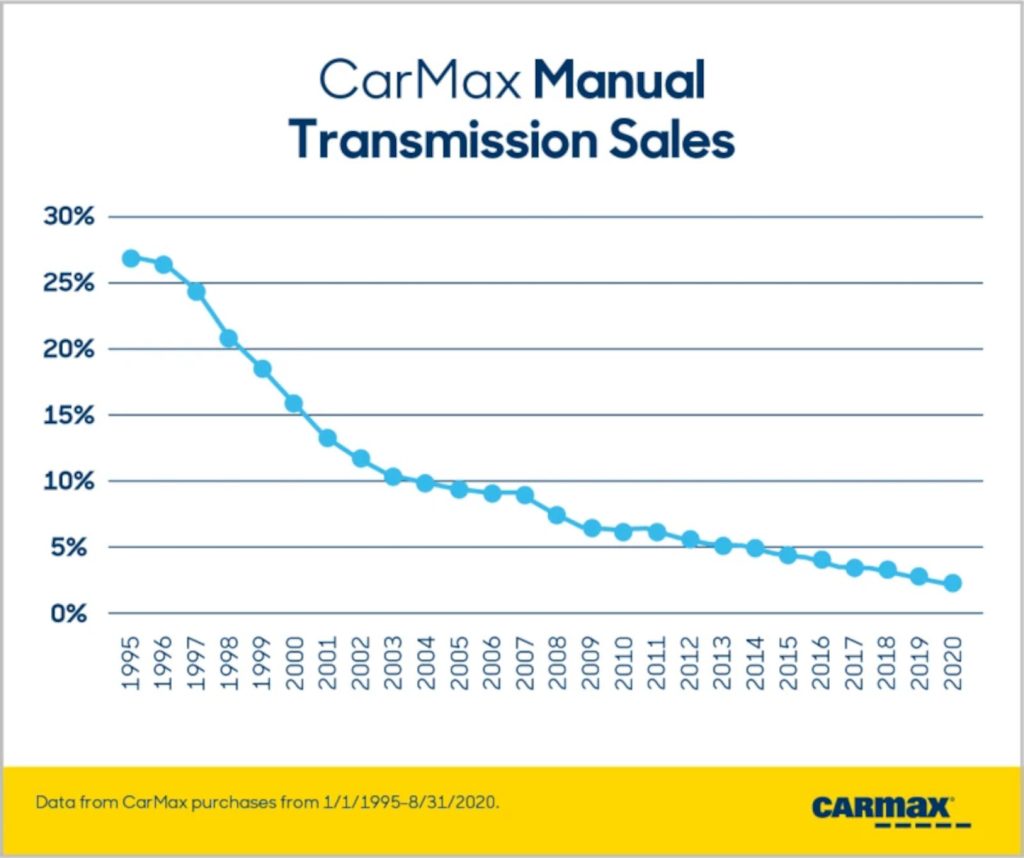
Somewhere around the year 2000, automatics became the standard transmission in many models, mostly due to the explosion of SUVs and CUVs on the market. Manuals dwindled to under 5% of new car sales in 2015, plummeting to under 1% by 2020. While manuals are making a small resurgence, there are no expectations that they will ever climb beyond 5% again.
CD Players
The era of CDs in cars is swiftly coming to an end, trending almost precisely along the decline of physical media itself. Audiomotive did a study in 2023, noting that the percentage of new cars with CD players has plummeted in recent years, with many automakers opting to remove them entirely from their vehicles.
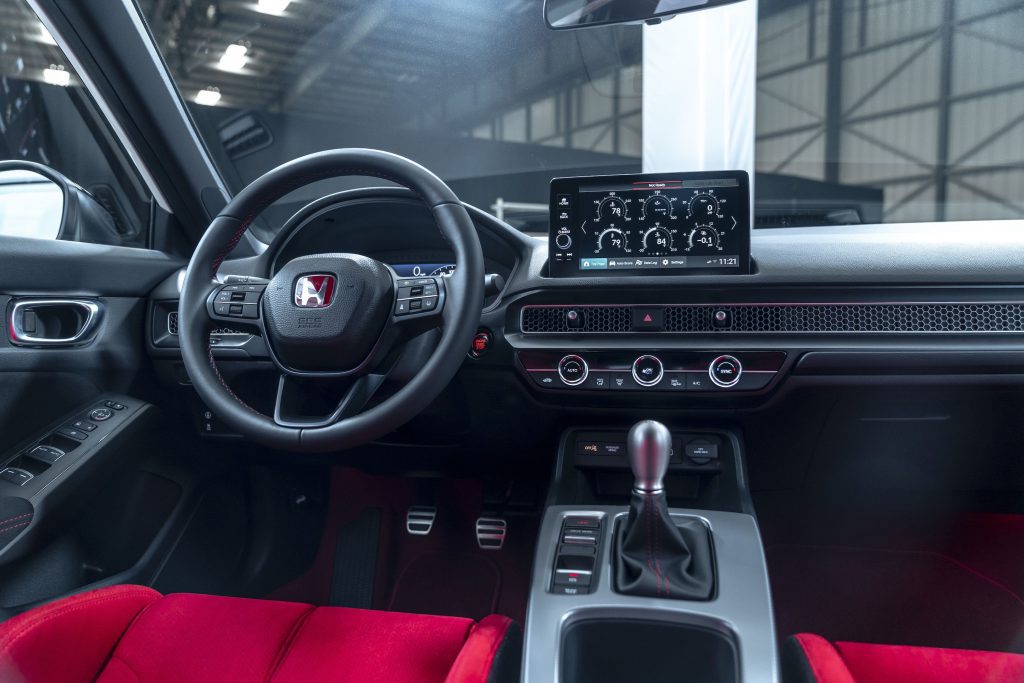
In 2019, only about 5% of new cars came with CD players, with the data showing that in 2023, only about 2% of new cars had the option, not standard equipment, to have a CD player in the dash. In 2013, however, nearly 50% of new cars came with a CD player, which tracks with 2013 being the last year that CD’s themselves saw a rise in sales.
The reason for this feature disappearing is the rapid digitization of media. DVD’s, Blu-Ray’s, even CD’s have been replaced with streaming services, using ever faster digital LTE and 5G networks and connecting to our cars via Bluetooth from a smartphone.
Spare Tires
The trusty spare tire is becoming a rarity in modern vehicles as automakers prioritize weight reduction and fuel efficiency. According to Agero Insights, the percentage of new cars sold without spare tires has been steadily rising, reaching approximately 36% in 2020, and has dipped under 30% in 2023.
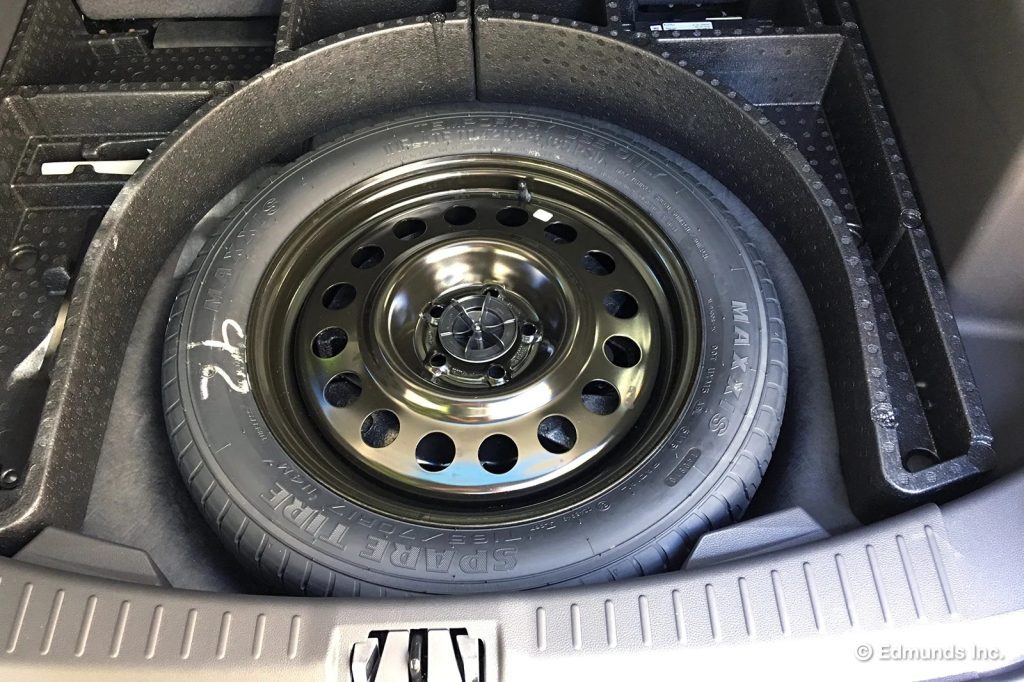
Instead, tire repair kits and run-flat tires are increasingly being offered as alternatives. As well, according to Edmunds, flat tires are becoming the largest reason for roadside assistance callouts, especially for EV’s as the space that would otherwise be used to carry a spare has been taken over by the rear axle motor and battery packs.
Physical Buttons & Knobs
The tactile feedback of physical buttons and knobs is gradually giving way to sleek touchscreen interfaces in today’s vehicles. Slate reports that the percentage of new cars featuring predominantly touchscreen controls has been on the rise, reaching around 70% in 2021.
While touchscreen interfaces offers customization and a centralization of many different features such as climate control and navigation, some drivers lament the loss of tactile controls. The argument that makes the most sense is that physical buttons and knobs are safer and more intuitive to use while driving, as muscle memory for their location is gained. Touchscreens, on the other hand, require you to look away from the road to check what screen you’re on.
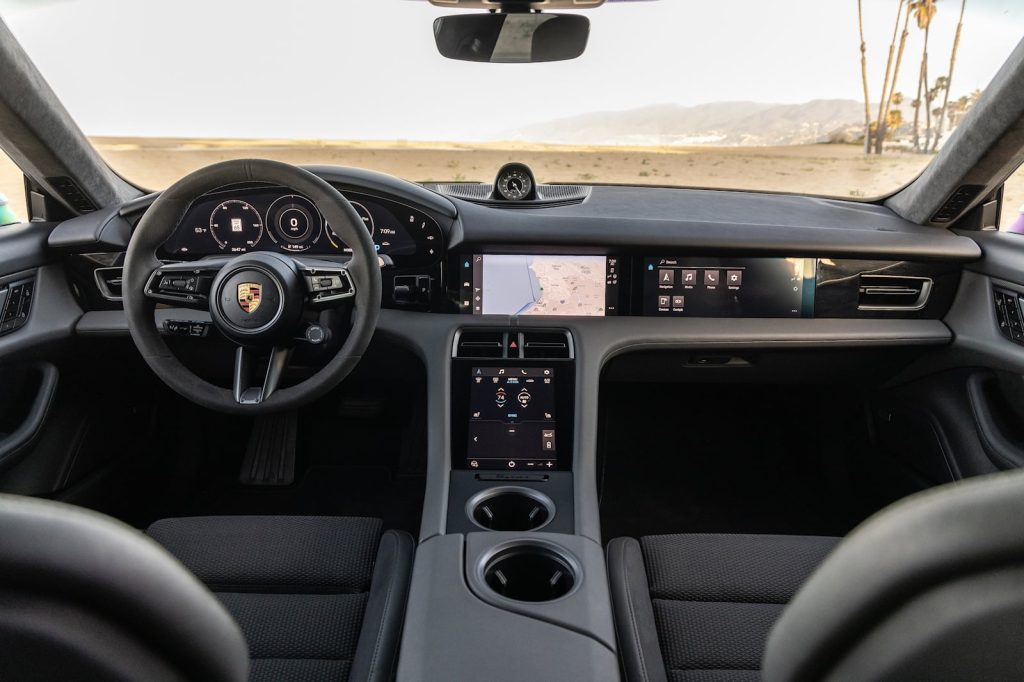
There has been a mild resurgence in 2022 and 2023 of buttons and knobs, however almost every EV on sale today is almost entirely touchscreen driven. For that reason, the percentage of new cars with buttons is still hovering around the 30% mark, plus or minus 3%.
Manual Handbrakes
The mechanical simplicity of manual handbrakes is being supplanted by electronic parking brakes in many newer vehicles. AutoEvolution, despite being a European/UK centered site, did an investigative study that highlights the percentage of new cars equipped with electronic parking brakes has been steadily increasing, reaching approximately 60% in 2022.
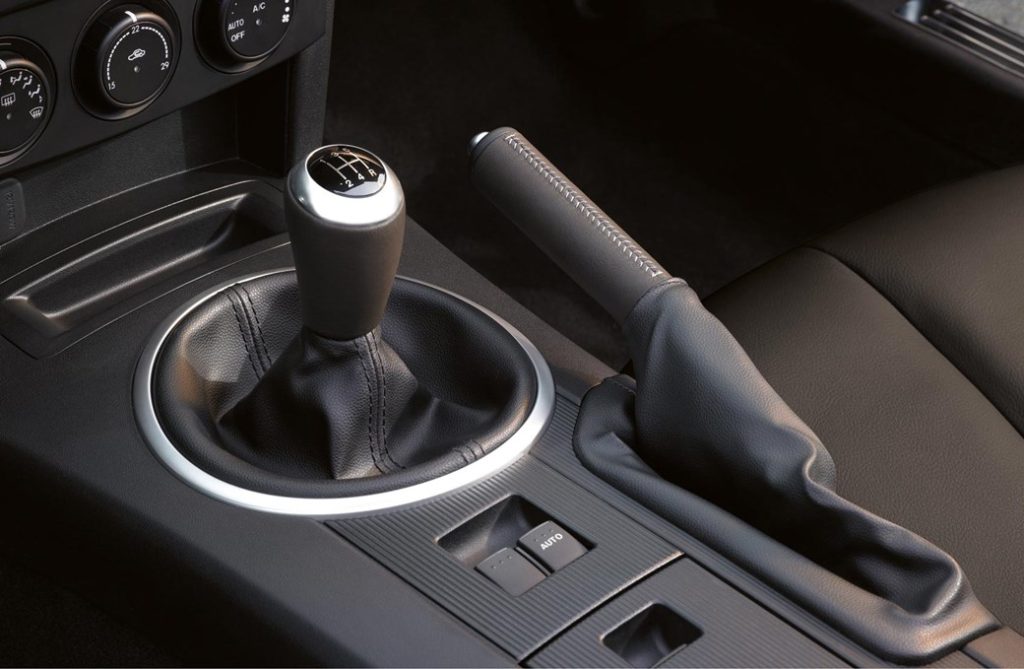
While electronic parking brakes offer advantages such as space-saving design and integration with driver-assistance systems, many drivers miss the tactile feedback and simplicity of manual handbrakes. As well, the physical function of the handbrake ensures that even if the electronics in a car fails, there is still a physical link to braking in cases of emergency.
Key Ignition Systems
The traditional key ignition system, where drivers insert a physical key to start the engine, is gradually being replaced by keyless ignition systems. CBS News reports that the percentage of new cars featuring keyless ignition systems has been steadily rising, reaching around 80% in 2023.
While keyless ignition systems offer convenience, there is a codependent rise in auto theft by ever smarter thieves that can “carhack” your vehicle, sometimes in under a minute. Some cars are fully keyless start, while some have a transponder key you need to insert into a slot to close the ignition loop.
However, the actual act of using a metal key to start a car, let alone unlock the doors, has fallen almost completely by the wayside, and 98% of new cars on sale in 2024 come with keyless or transponder key ignition systems.
Overall
As these percentages illustrate, the decline of certain car features is a reflection of technological advancements, regulatory standards, and often consumer preferences in the automotive industry. While some may miss many of these familiar features, others are embracing the benefits of innovation and progress.
In our opinion, the disappearance of these car features underscores the dynamic and often volatile nature of the automotive market. While some features advanced too far, too quickly such as touchscreens, even we can see the writing on the wall. Parking brakes are set to be almost entirely electronically controlled by 2030, while manual transmissions are hanging on by their fingernails thanks to the hot hatch, sports car, and in some cases, the supercar market. We don’t, however, expect to see CD players ever returning, as physical media is disappearing at an accelerated rate in our modern digital world.

